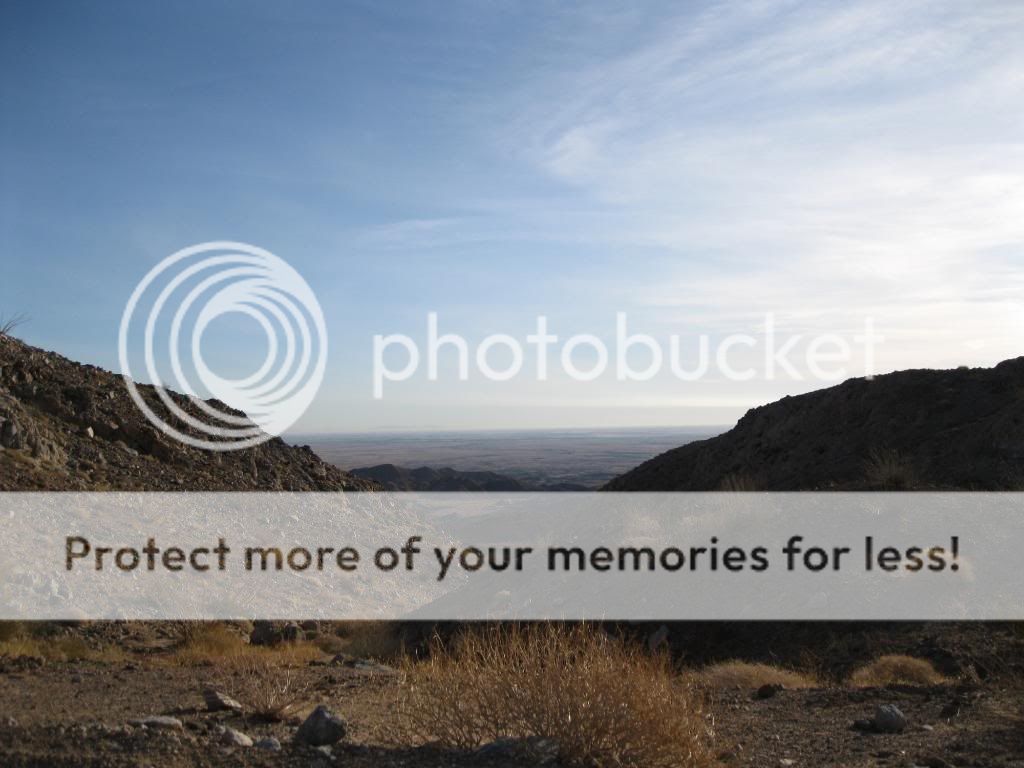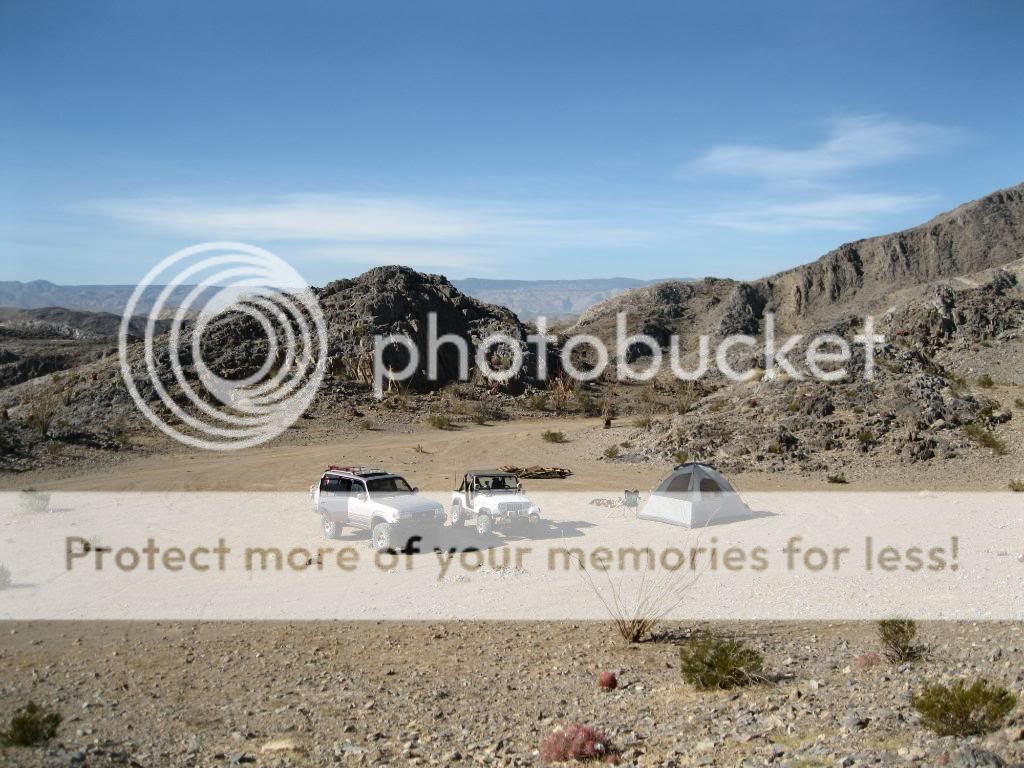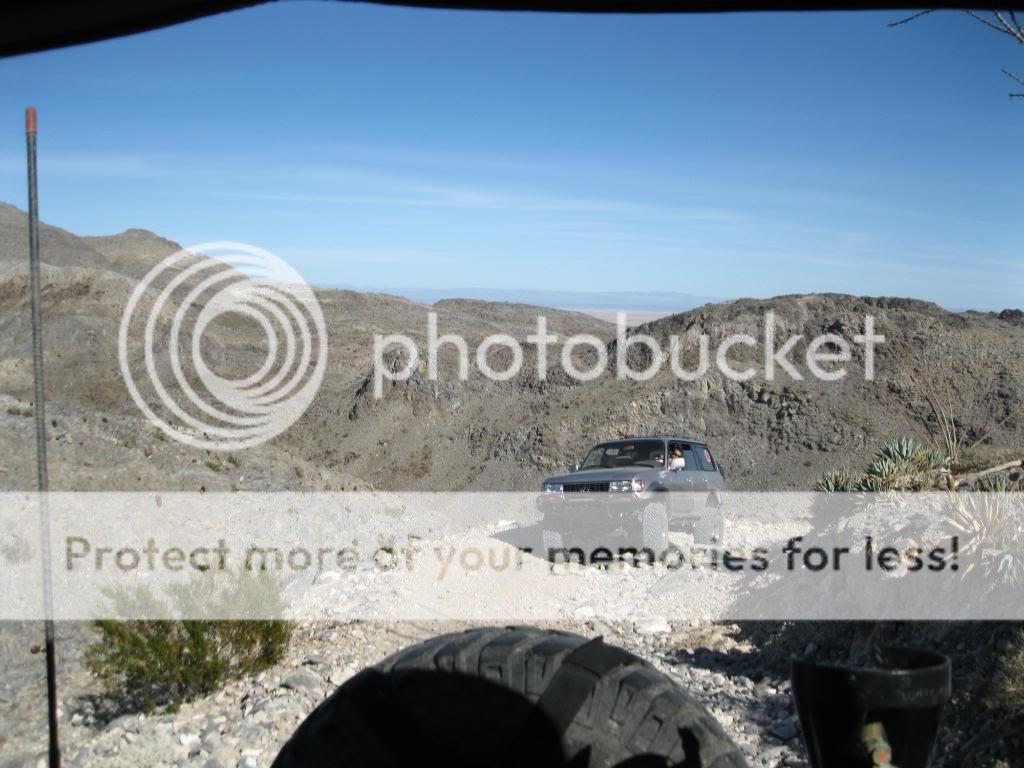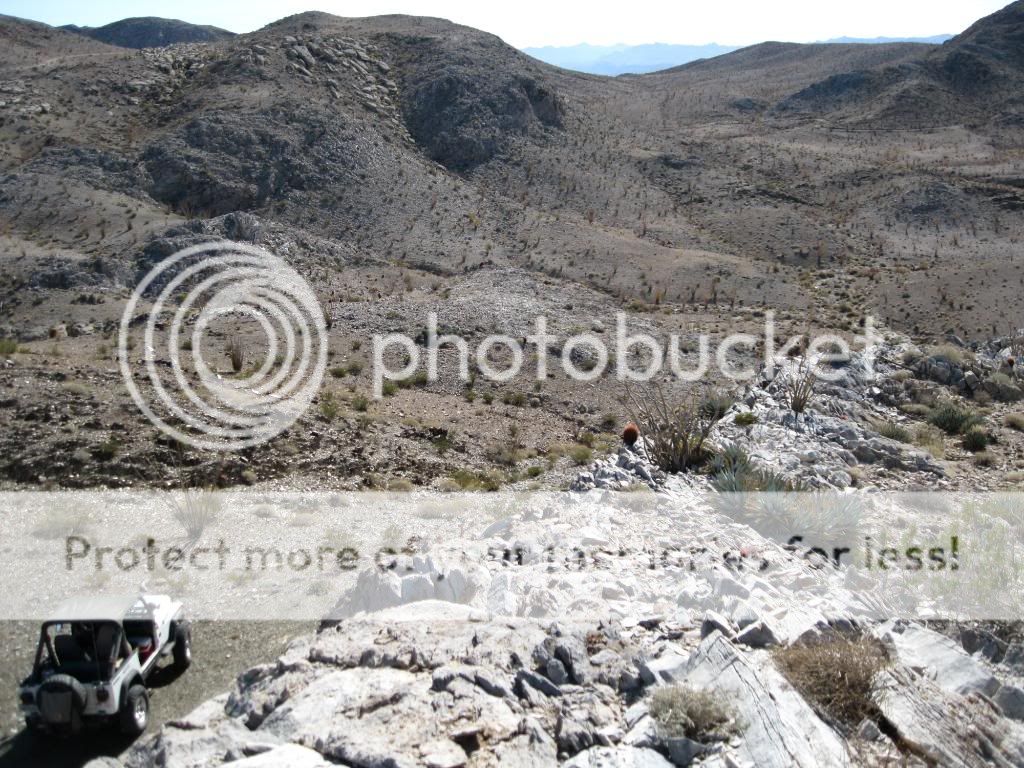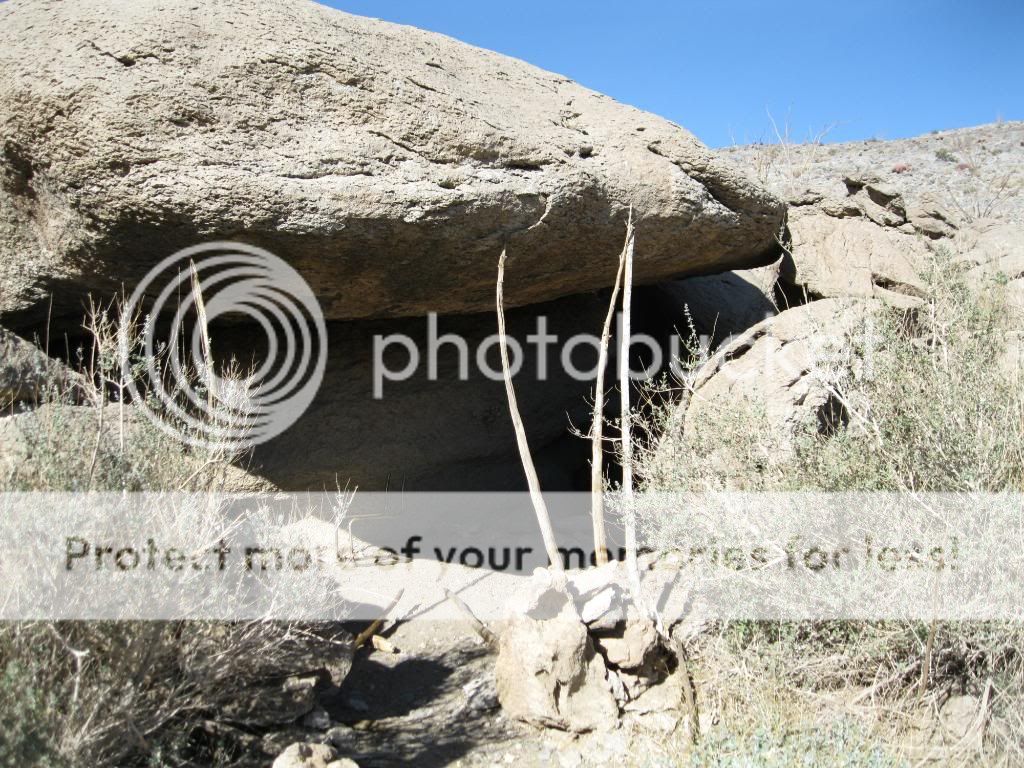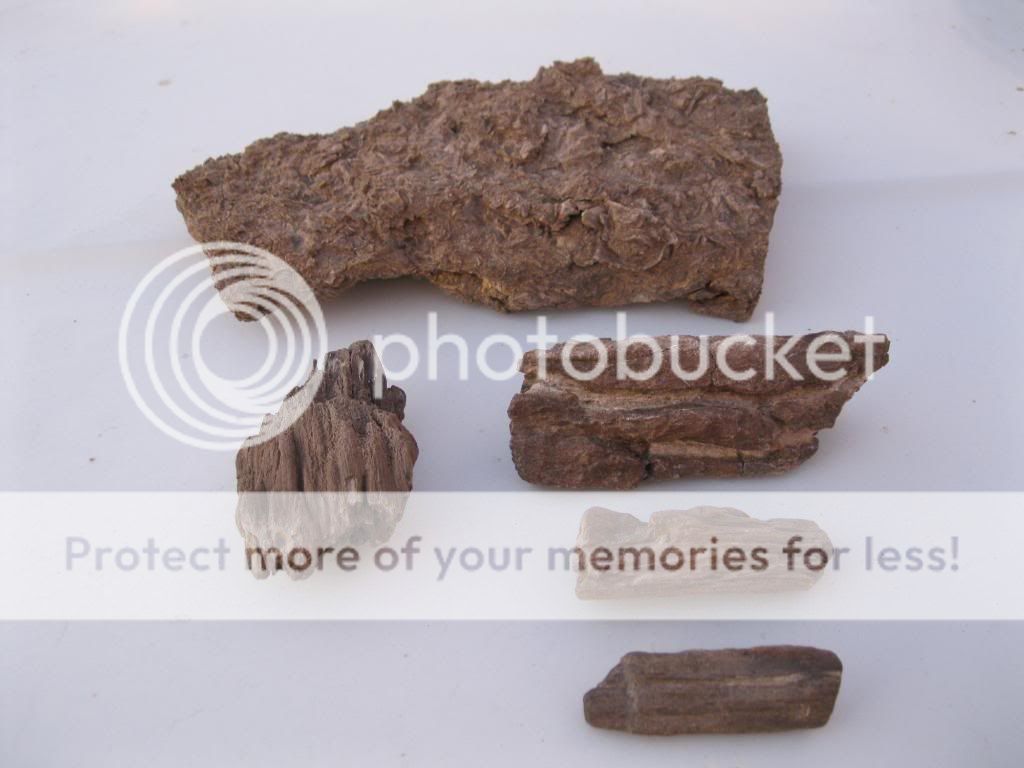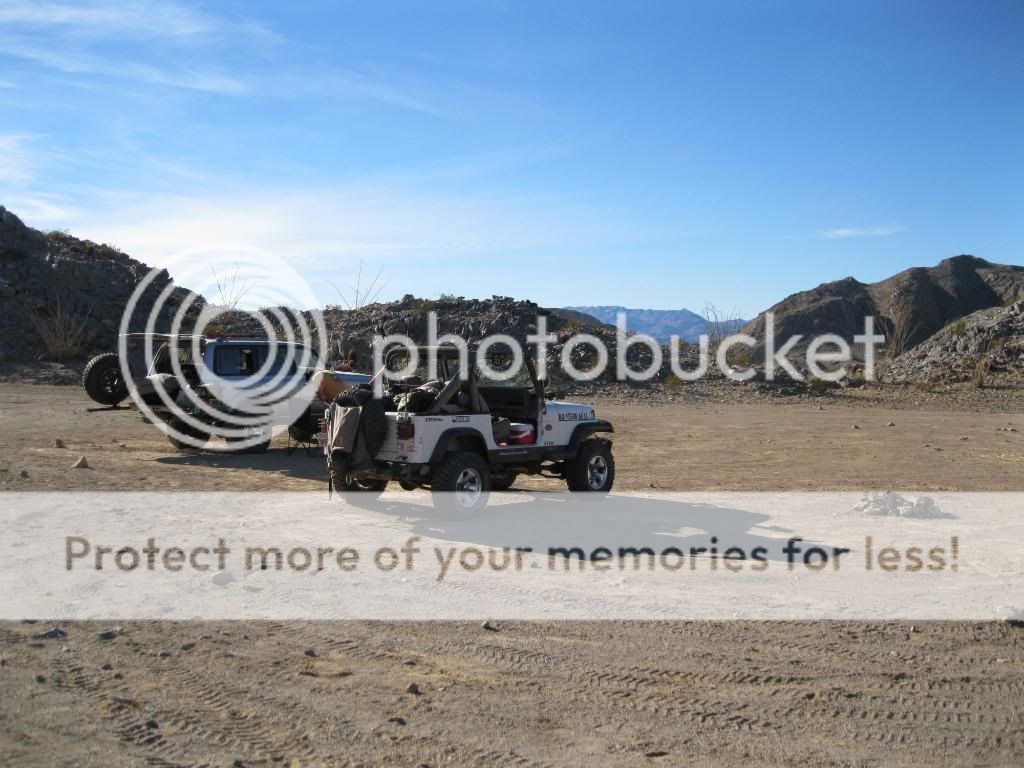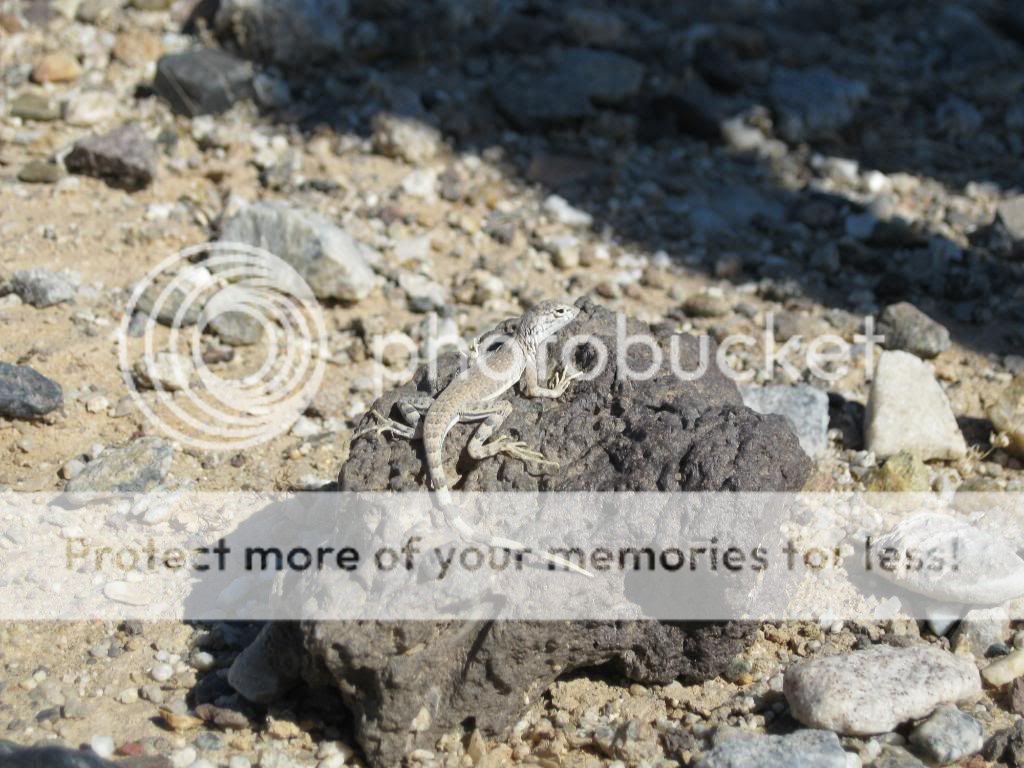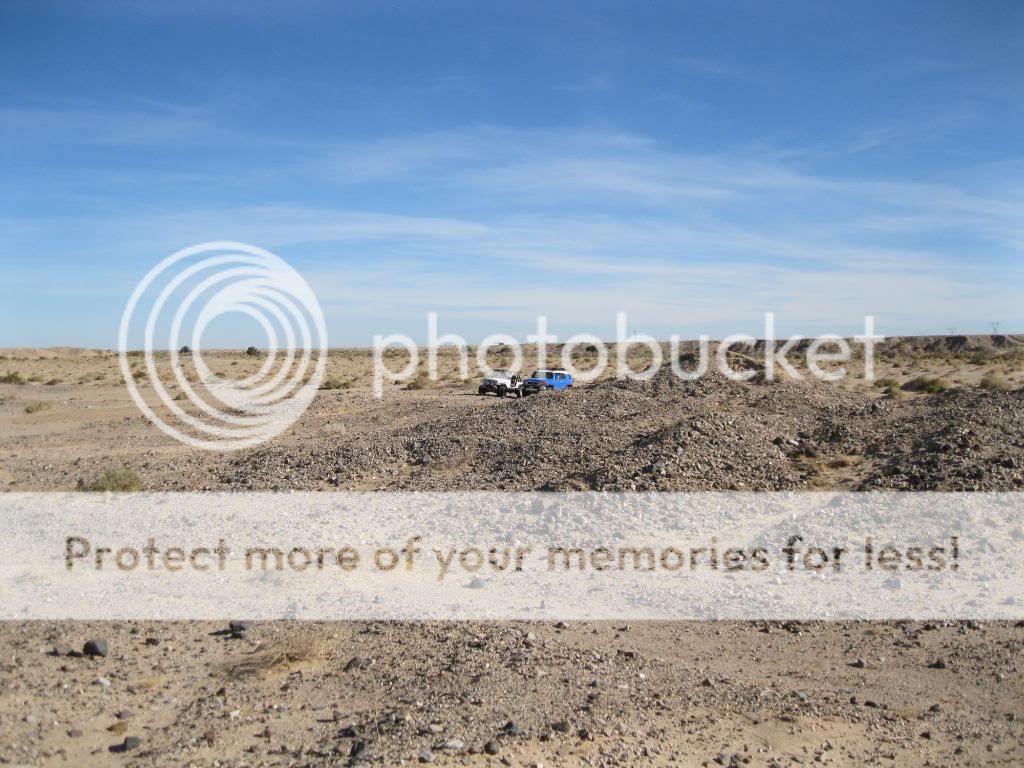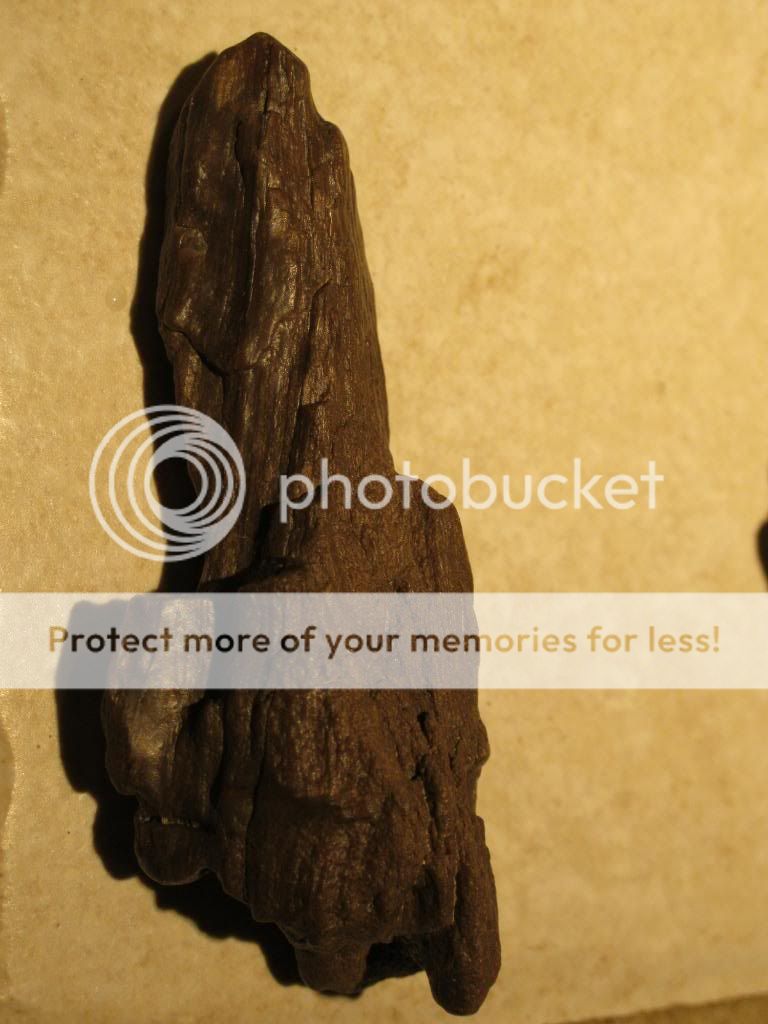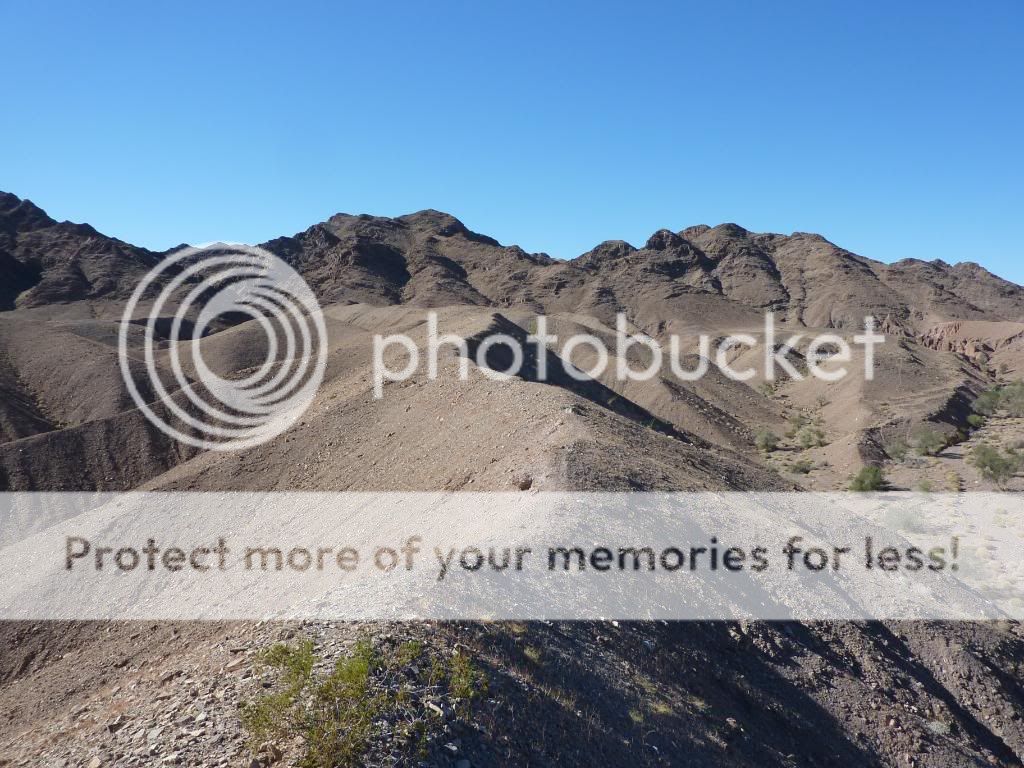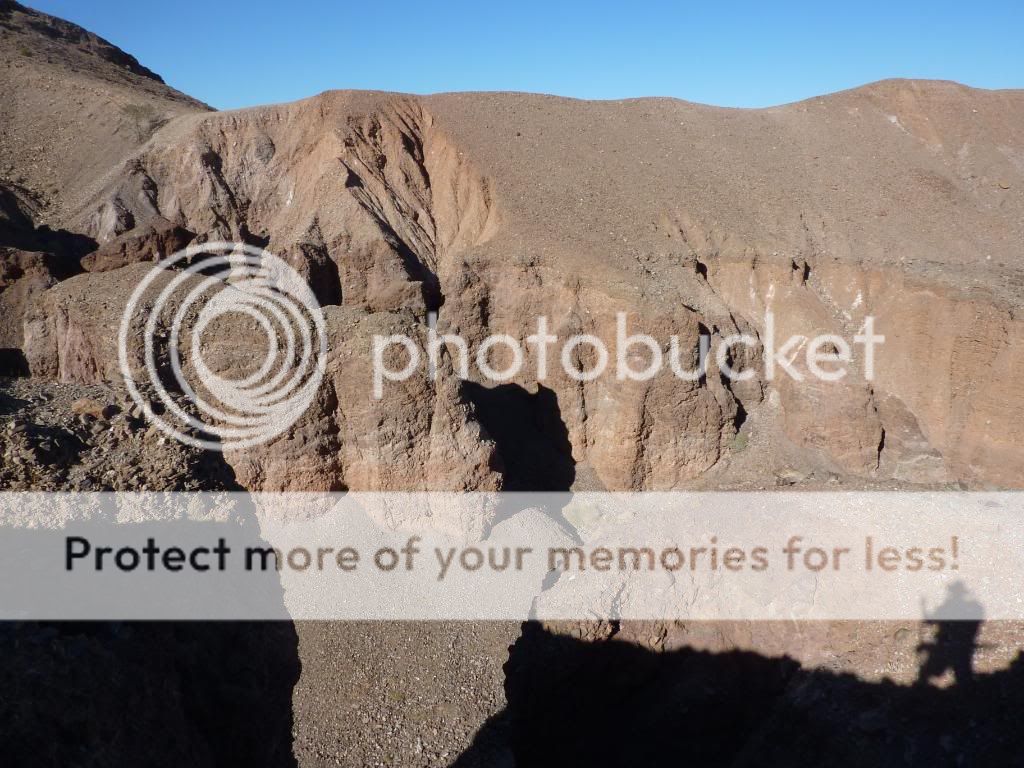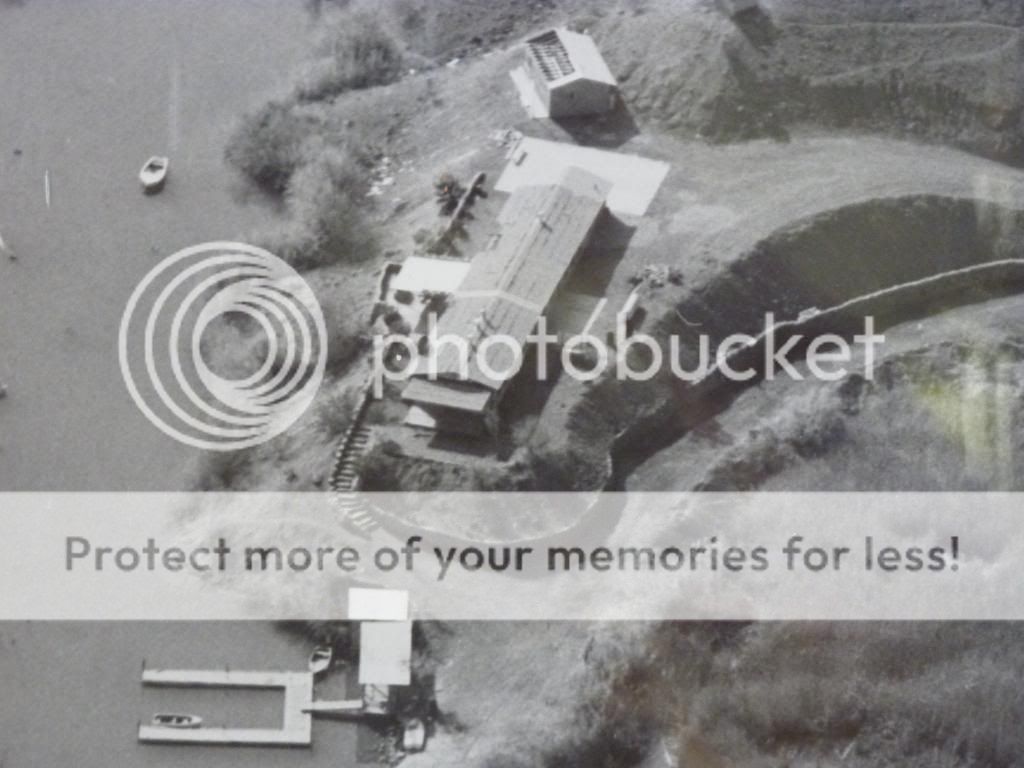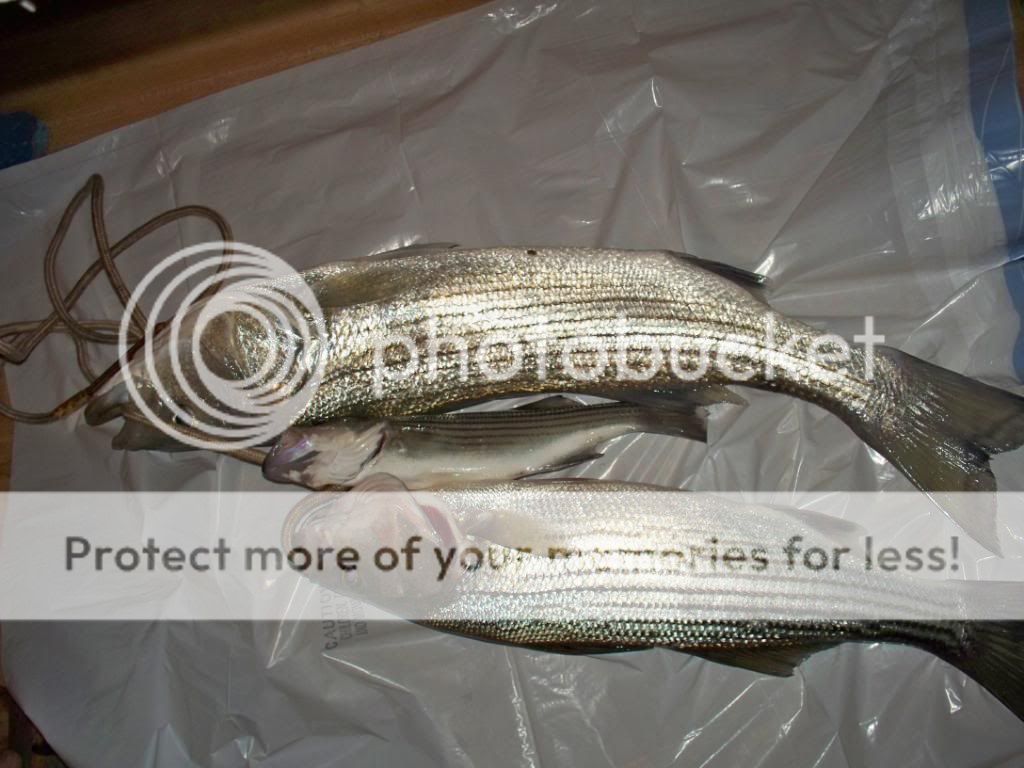Since December is the last month to traverse and explore Carrizo Mountain until June of 2011 due to the seasonal bighorn sheep closure, I headed out to camp near the summit over the weekend of the 11th and 12th of that month. Along with exploring other old mining roads atop the mountain, I also searched for fossilized oyster beds and petrified wood in the nearby areas.
Rockhounding is one of many recreational pursuits on 14 1/2 million acres of lands managed by the Bureau of Land Management (BLM) in California. Collecting small, non-commercial quantities of rock by rockhounds is allowed free of charge on lands managed by the Bureau of Land Management. Commercial collecting for the purpose of sale or barter is not allowed without special authorization. Rockhounds may use hand tools such as shovels and picks, but must not use explosives or power equipment for excavation.
Looking out over the desert.
Much of the trail up the mountain consist of narrow shelf roads.
A little ways below the summit is a nice area to camp.
It was obvious the big horn sheep had been hanging around.
I was greeted by a red tail hawk while setting up camp.
Home away from home.
Painted Gorge.
Steve met up with me later with his Lexus LX450.
Views from our camp.
Looking out over Carrizo Wash and Fish Mountain.
Exploring other trails around the mountain.
Overlooking the Carrizo Badlands.
We found this cave along one of the trails.
My finds for the day. Fossilized oyster bed and petrified wood.
Sunset.
The next day we packed up and headed out.
Steve headed home that morning after we met up with Craig and his FJ.
Casualty of the desert.
We're careful not to disturb the local residents.
Our hunting grounds.
It was easy to find the fossilized reefs/oyster beds.
The petrified wood took a bit more searching to find.
This was the biggest piece I found.
All the wood I managed to find.
It turned out to be a pleasant weekend out in the desert, exploring old mining roads and digging up remains from an ancient world.

